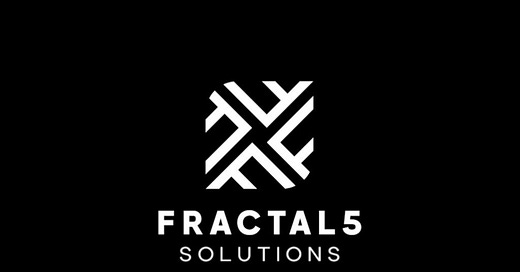Corey Hogan quipped recently that "the boss has changed." Let’s be honest: the boss never existed. For more than a decade, Canadians have not been governed by a Prime Minister, but by a phantom court—a stage-managed hallucination. Prince Justin was a hologram projected by power brokers. Now, their new avatar has arrived: Mark Carney.
A king without a crown, Carney swore in his cabinet today. It includes ministries for everything from “Canadian Identity” to something called “One Canadian Economy.”
One Economy, Try Again
Let’s decode that theatre. Chrystia Freeland keeps her grip on Transport and Internal Trade. Steven Guilbeault becomes the arbiter of Canadian identity. Carney—the finance guru turned central planner—isn’t rebuilding the Liberal Party. He’s replacing it with a technocratic simulation. Into that simulation, they’ve inserted Evan Solomon as the AI lead. Narrative control meets algorithmic oversight. Coincidence? Hardly.
Carney's talk of "One Canadian Economy" is the biggest tell of all. There is no such thing. There is a West that builds and an East that spends. There is energy and there is entropy. There is a trade corridor starving under policy neglect while Quebec and Ottawa ink vanity plans and decarbonization dreams. If there are "two Canadas," it’s not just political. It’s existential.
Meanwhile, in the Real Canada…
Pierre Poilievre is diving headfirst into Alberta’s hottest seat. He isn’t changing his address—because he doesn’t need to. He’s the most energized, engaged, and national leader since Harper. Every shovel he turns in Alberta is a strike at the synthetic state being assembled in Ottawa. And Alberta knows it. As a Hatter, I’m part thrilled about the showdown taking shape in the provincial and federal constituencies in and around Medicine Hat, and part cautious as everyone will be packing heat.
And there’s another fracas to smooth over too . The Longest Ballot Committee is back, promising 200 names to clutter the by-election ballot in protest of first-past-the-post. A mockery, yes—but not without consequence. Chaos creates cover. Watch how this narrative will be weaponized to discredit outcomes.
And don't forget the referendum question just unveiled by the Alberta Prosperity Project:
"Do you agree that the province shall become a sovereign country and cease to be a province of Canada?"
This isn’t performance art. It’s a flare shot into the post-national sky. The blue flag was peeled back—not revealing rebellion, but the raw desperation of a people ignored, taxed, and culturally erased.
Edmonton’s Quiet Empire
Not every Albertan feels the same. Much of Alberta’s political ferment stems from Edmonton, where socialist echoes from the Klein years still linger. Alberta’s political reality is bifurcated: Calgary dreams prosperity, but Edmonton hums with collectivist ghosts.
And while the federal opposition is still rightfully living in Stornoway, the Liberals are still playing musical chairs in Ottawa, and the real fight for Canada’s future will take place on prairie doorsteps—not in parliamentary committee rooms.
So What Now?
The game has changed. But not the players. The old court still casts a long shadow. The names on the marquee rotate, but the script is automatic to me now: pacify the West, manipulate the middle, centralize everything.
But the West is waking up.
And this time, it’s not just about pipelines or property rights. It’s about sovereignty, identity, and survival in a nation that has become unrecognizable to the very people who built it.
So ask yourself:
Who’s really running Canada?
And what happens when Alberta stops asking?




